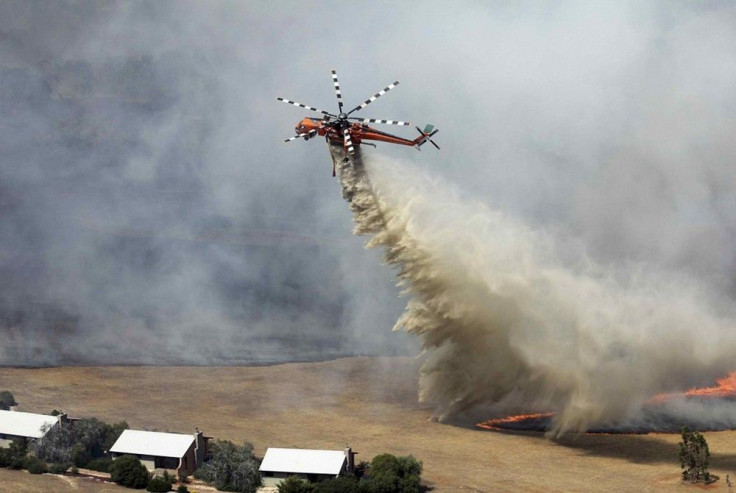UN Climate Change Report Predicts Dire Consequences for Australia, Rest of the World

Climate cientists have predicted that Australia will get hotter in the latest UN climate change report. The Intergovernmental Panel for Climate Change draft report has a significant impact to Australia. According to the draft, Australia is exposed to potential environmental risks.
According to the UN climate change report, the world will become 2 degrees Celsius warmer. This may cause the wipeout of entire ecosystems. The rise in global temperature would mean the potential widespread and permanent damage to Australia's coral reef systems, specifically the Great Barrier Reef and Ningaloo in Western Australia.
Some species native to Australia may disappear. The continued rise in global temperature could increase the frequency of flooding which will cause damage to infrastructures. Some low-lying areas may be swallowed by rising sea levels. Extreme weather conditions may affect the quality of Australia's drinking water. According to a stidy, Australia's drinking water is vulnerable to climate change based on availability and quality.
In February, researchers studied 41 Australian and U.S. water suppliers, including Melbourne Water and Sydney Water, and reported that the biggest risk comes from extreme weather events like a combination of drought, bushfires then floods.
More heatwaves and bushfires could result in great economic losses as global warming prolongs drought and lowers crop yields. The "irreversible" damage due to climate change will cause economic shocks and severe poverty may lead to mass migration. The risk of violence may increase from protests triggered by international or civil conflicts.
A previous report has found that extreme heat levels expected in 2030 are already being felt in Australia's capital cities of Adelaide, Canberra and Melbourne. According to the report "Heatwaves, Hotter, Longer, More Often," the number of days with above 35 degrees Celsius temperatures have already reached levels previously predicted for 2030. Australians living in these cities get to experience what the normal temperatures will be like in 2030.
The UN report is expected to be released later within the month.





















